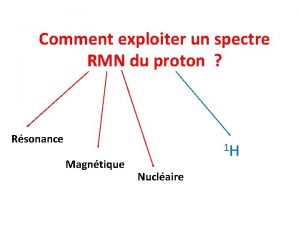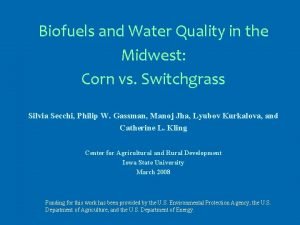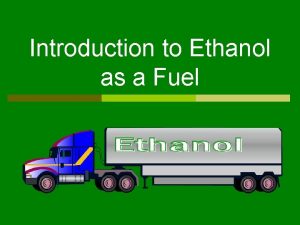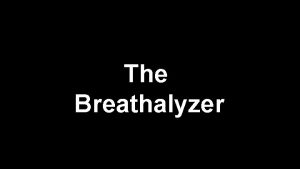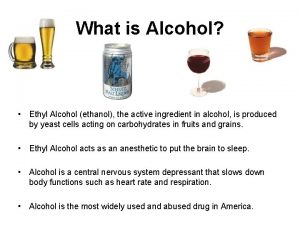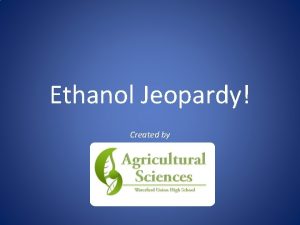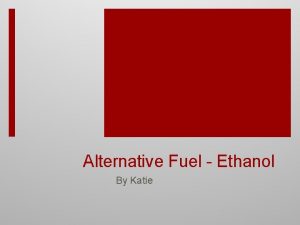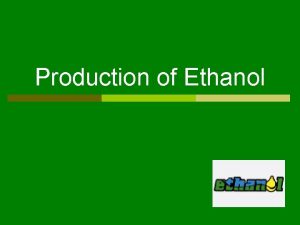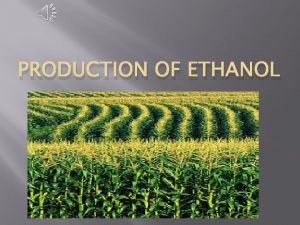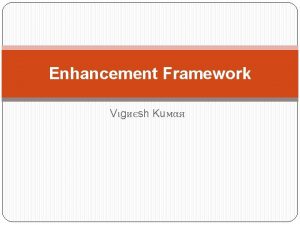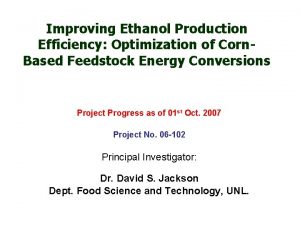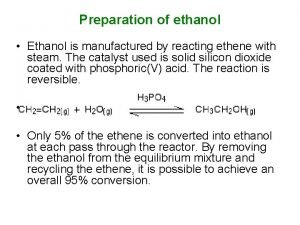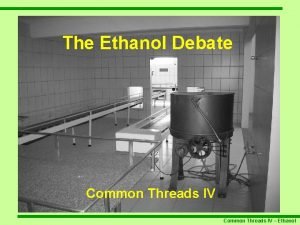ENHANCEMENT OF EFFICIENCY OF ETHANOL PRODUCTION FROM JERUSALEM












- Slides: 12

ENHANCEMENT OF EFFICIENCY OF ETHANOL PRODUCTION FROM JERUSALEM ARTICHOKE Quang D. Nguyen, Kálmán Dénes, Csilla Farkas, Ágoston Hoschke, Judit M. Rezessy-Szabó The 2 nd International Symposium „Vera Johanides“ 2013

Production of bioethanol in EU-27 - 2009 (million liters) Total: 3703 Welcome Croatia to be in this map (EU-28)! On the 3 rd International Symposium „Vera Johanides“ in 2015 – Biotechnology and Forestry Complex in Croatia? Source: www. biofuels-platform. ch

Productivity of ethanol using different raw materials Plant Main carbohydrate Productivity (l/ha) Sugarcane saccharose 8000 Sugar beet saccharose 3300 Jerusalem artichoke inulin 4200 corn starch 2100 potato starch 1900 wheat starch 1800 wood cellulose/lignocellulose ? ? ?

Potential of JA-based bioethanol production Jerusalem artichoke is easy to cultivate � Relatively high production yields: 16– 20 t/ha (even 20 -80 t/ha) for tubers, and 18– 28 t/ha green weight for foliage � High carbohydrate content: 15 -20 % mainly inulin and fructo-oligosaccharides � Cultivate yearly � Can be harvested like potato �

Problems addressed �Saccharomyces cerevisiae strain does not exhibit so high inulinase activity �Treatment: acidic or enzymatic �Exogenous enzyme preparation �Low efficiency of bioconversion (60 -70 %)

Objectives Technological development for enhancement of efficiency of ethanol production using Jerusalem artichoke as raw material �Inoculation technique �Simultan saccharification and fermentation �Semi-continuous fermentation technology

Development of inoculation technique �Effects of various inoculation techniques were investigated Best one on initial day 2/3 amount of inoculum (cell number) and on second day: 1/3 amount Efficiency of bioconversion: 90 %

SSF vs. Mixed Culture Fermentation Mixed cultures (S. cerevisiae + Kl. marxianus) Saccharomyces cerevisiae+ inulinase 12. 0 6. 0 10. 0 5. 0 8. 0 4. 0 6. 0 3. 0 4. 0 2. 0 1. 0 0. 0 10. 0 5. 0 8. 0 4. 0 6. 0 3. 0 4. 0 2. 0 0. 0 Ethanol concentration v/v% 6. 0 Carbohydrates (w/v%) 12. 0 0 1 2 3 4 5 6 7 Fermentation time (day) Total carbohydrates Sugars with higher DP Saccharose Fermentable sugars Ethanol concentration (v/v%) 7. 0 Carbohydrates (w/v %) 14. 0 0 1 2 3 4 5 6 Fermentation times (day) Total carbohydrates Saccharose Ethanol Efficiency of bioconverion: 85 -88 % 7 Sugars with higher DP Fermentable sugars

Semi-continuous technology 16 7 14 6 12 5 Fresh mash 10 4 8 3 6 2 4 1 2 0 0. 00 Harvested 4. 00 8. 00 12. 00 16. 00 20. 00 24. 00 28. 00 Fermentation time (days) Carbohydrates Ethanol 32. 00 36. 00 40. 00 0 44. 00 Ethanol concentration (v/v%) Carbohydrates (w/v%) Fresh mixed culture

Conclusion The use of mixed culture in combination with semi-continuous fermentation technology definetely increases in the productivity, thus it is very promising for development of technology for production of bioethanol based on Jerusalem artichoke as raw material

Acknowledgement This work was supported by Hungarian Development Agency through Project number TÁMOP-4. 2. 1. /B-09/1 -KMR 2010 -0005 and TECH_09 -A 3 -20090194, as well as Hungarian Academy of Science through Bolyai János Research Grant

Thank you for your kind attention!
 Debout resplendis paroles
Debout resplendis paroles Pre-production, production, post-production
Pre-production, production, post-production Allocative efficiency vs productive efficiency
Allocative efficiency vs productive efficiency Allocative efficiency vs productive efficiency
Allocative efficiency vs productive efficiency Productive inefficiency and allocative inefficiency
Productive inefficiency and allocative inefficiency Ethansäure ethanol
Ethansäure ethanol Protons equivalents
Protons equivalents Ethanal to ethanol
Ethanal to ethanol Ethanol
Ethanol Switchgrass vs corn ethanol
Switchgrass vs corn ethanol Benefits of ethanol
Benefits of ethanol Oxidation of ethanol
Oxidation of ethanol How much ethanol in alcohol
How much ethanol in alcohol






